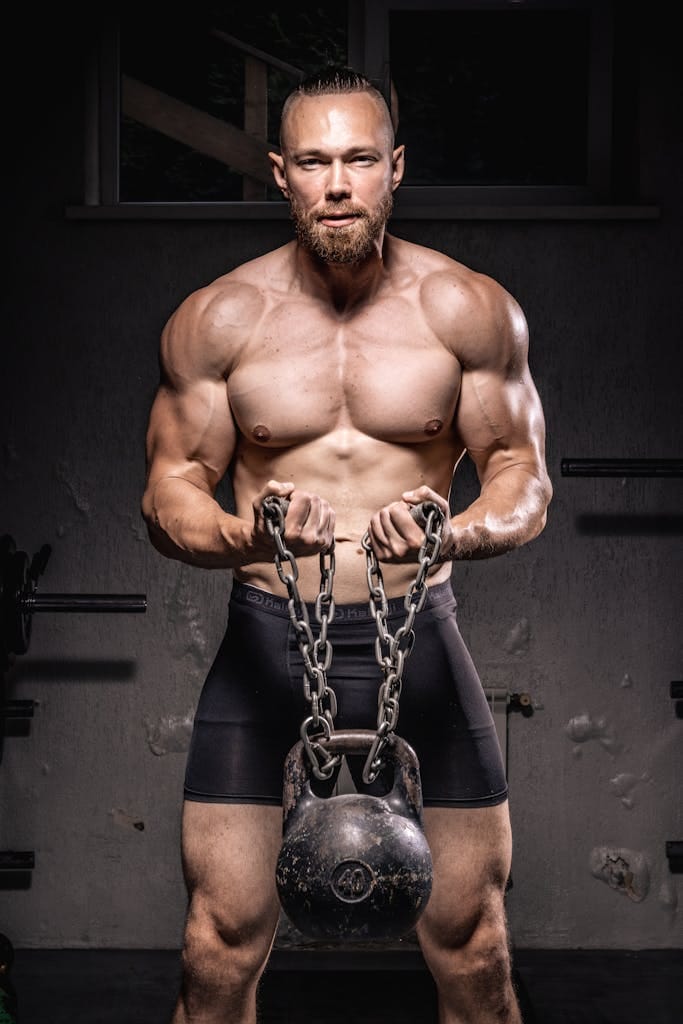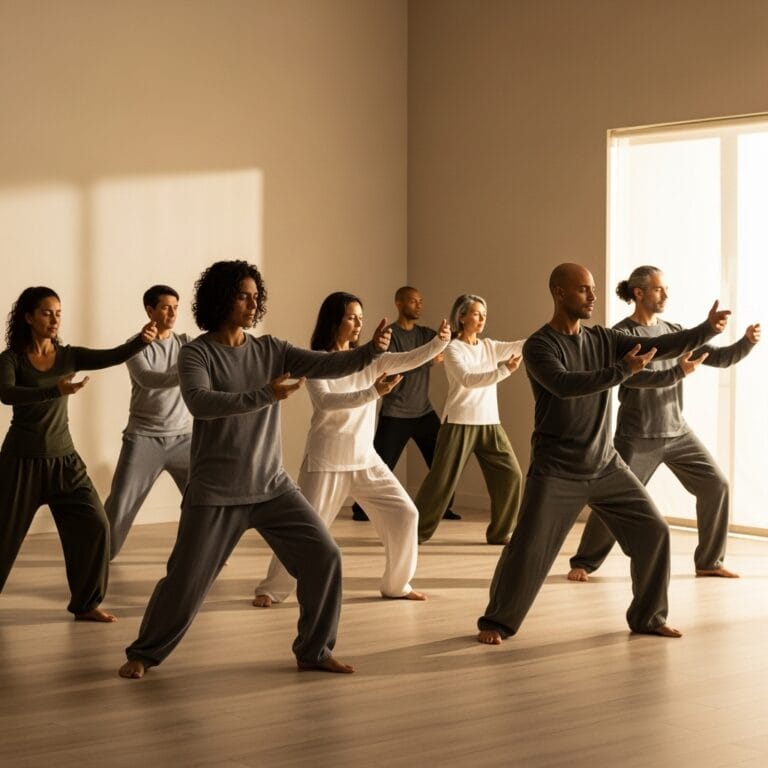FREE SHIPPING OVER $50
30 Days. 3,000 Biceps Curls. The Results Were Not What I Expected

The desire to have bigger, stronger arms is a classic fitness goal. We see the photos of bodybuilders with sculpted biceps and we think, “How can I get that?” The logical answer seems to be more. More reps, more sets, more frequent workouts. So, I decided to put that theory to the test. I committed to a month-long experiment with a single, simple goal: do 100 biceps curls a day for 30 consecutive days. My plan was simple. The results, however, were anything but.
I expected to see a dramatic transformation—veins popping, shirts feeling tighter, and newfound strength. The reality was a bit more complex, and frankly, a lot more revealing. I learned a powerful lesson about muscle growth, and it wasn’t what I thought. It turns out that when it comes to building muscle, more is not always better. This is my story, a deep dive into the surprising results, and a guide on how to build your arms the right way.
The Great Biceps Challenge: The Plan
My experiment began with a simple plan. I chose a manageable weight—one I could comfortably lift for multiple sets—and committed to doing 100 biceps curls every single day. I would break the curls into 10 sets of 10 throughout my workday. It seemed like a foolproof way to ensure consistent effort and maximize muscle gains. I was convinced that by the end of 30 days, my arms would be significantly bigger and stronger.
I approached the challenge with enthusiasm. The first few days felt great. I felt the satisfying burn in my biceps and felt like I was on the fast track to a powerful aesthetic transformation. But as the days turned into a week, and then two, the reality of high-volume, isolated training began to set in.
The Unexpected Results
At the end of the 30 days, I stood in front of the mirror, flexing my arms, and assessing the results. My arms looked… about the same. They were a little more defined, sure, but the dramatic increase in size and strength I had envisioned simply wasn’t there. But I did get results, just not the ones I expected.
- Joint Pain and Tendonitis: By the end of the challenge, my elbows and wrists were achy. The repetitive motion, without proper rest, led to inflammation and tenderness. My joints, not my muscles, were the ones feeling the most strain.
- No Significant Muscle Hypertrophy: My biceps were tired, but they weren’t much bigger. The reason for this, I would later learn, is that I had failed to apply the most crucial principle of muscle growth: progressive overload.
- Mental Fatigue: What started as an exciting challenge quickly became a chore. The monotony of doing the same exercise every day sucked the joy out of my arm workout and made it difficult to stay motivated.
The Science of Muscle Growth: Why My Approach Was Flawed
The results of my experiment were not a failure; they were a powerful lesson in exercise physiology. My approach was fundamentally flawed because it ignored the core principles of how muscles actually grow.
- Progressive Overload is King: This is the number one rule of strength training. For a muscle to grow (a process known as hypertrophy), you have to continuously challenge it with a greater load or resistance over time. Simply doing more reps with the same weight doesn’t provide the necessary stimulus for significant muscle gains. Your body adapts quickly. To force your biceps to grow, you need to increase the weight, the number of sets, or the time under tension.
- The Importance of Muscle Recovery: Muscles don’t grow in the gym; they grow while you are resting. During a workout, you create tiny tears in your muscle fibers. These tears are repaired during recovery, and the muscle tissue is rebuilt stronger and bigger. By doing biceps curls every single day, I was giving my muscles zero time to repair and rebuild.
- The Danger of Overtraining: Overtraining is a state where the body is pushed past its ability to recover. My body was in a constant state of low-grade stress and inflammation. Instead of building muscle, I was hindering my progress and setting myself up for injury.
The Right Way to Build Biceps: The 3-Step Plan for Real Gains
Based on my experiment and countless hours of research, I discovered that the key to building bigger biceps is not about quantity, but about quality and consistency. Here is a simple, effective plan for real muscle growth.
Step 1: Focus on Progressive Overload, Not High Volume
Instead of doing 100 reps with a light weight, challenge yourself to lift a weight that allows you to perform 8-12 reps per set before you feel muscular failure. Once you can comfortably do 12 reps, increase the weight slightly. This is how you provide your muscles with the stimulus they need to grow.
Step 2: Prioritize Proper Form and Time Under Tension
Sloppy reps don’t count. Master the correct form for your biceps curls. Focus on a slow and controlled lift (the concentric phase) and an even slower, controlled descent (the eccentric phase). This maximizes the time your muscles spend under tension, which is a powerful trigger for muscle hypertrophy.
Step 3: Fuel Your Growth with Proper Nutrition and Rest
Your muscles need fuel to grow. A sufficient protein intake is non-negotiable. Aim for at least 0.7-1.0 grams of protein per pound of body weight per day. Most importantly, give your body time to rest and recover. Train your biceps two to three times a week with at least 48 hours of rest between sessions.
A Holistic Approach to Strength Training
For a truly powerful and symmetrical physique, you can’t just focus on one muscle group.
- The Power of Compound Lifts: To build your biceps and other muscle groups effectively, incorporate compound exercises like pull-ups, rows, and chin-ups. These exercises work multiple muscle groups at once and are more efficient for building overall strength and size.
- The Importance of Symmetry: Avoid an imbalanced physique by training your triceps and other muscle groups. A strong back and core will make your biceps look even more impressive.
Final Thoughts
The great 30-day biceps challenge was not a failure; it was a powerful lesson. It taught me that building muscle isn’t about brute force or extreme measures. It’s about a smarter approach to fitness. By embracing the principles of progressive overload, giving your body the rest it needs, and fueling your growth with proper nutrition, you can achieve the kind of muscle gains you have always wanted—safely, effectively, and without sacrificing your sanity.
Related Articles
- The Swiss Ball Leg Curl: The One Move That Builds Hamstrings and Core—Fast
- Over 50 and Not Seeing Muscle Gains? Here’s the #1 Mistake—and How to Fix It Fast
- Harvard-Backed Japanese Walking Method That Balances Blood Sugar and Pressure Naturally
- Want Long, Lean Legs? These 5 Pilates Moves Are a Ballet Dancer’s Secret Weapon
- 10 Powerful Exercises That Fight Frailty and Keep You Moving Strong After 50



